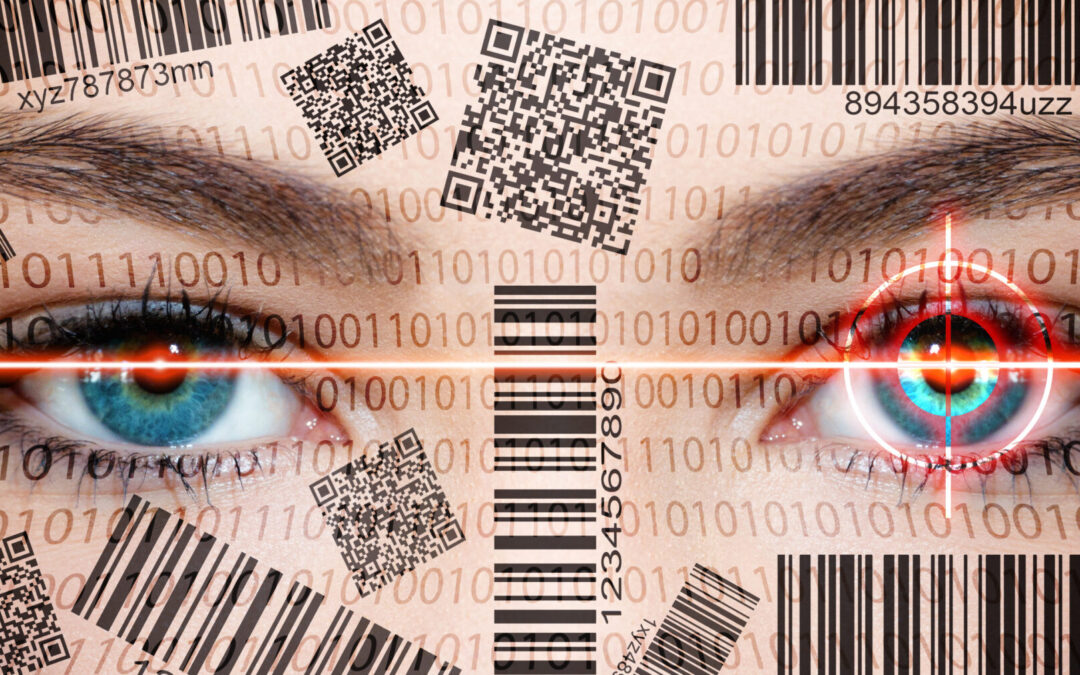If you buy anything these days, like groceries, personal care items, electronics, and consumer goods, you’ll see a barcode on every item. Barcodes play a key role in how products make their way from warehouses to retail and into people’s homes like yours.
A barcode system impacts business, technology, industry, and entire enterprise operations.

One takeaway is clear: the more you know about barcode systems the more profitable your enterprise can become. And that applies to warehousing, retail, shipping, transportation and logistics, IT, transportation, engineering, and quality control.
The Origin Story of Barcodes

It’s a story told in two parts. First, 1D barcodes.
The very first barcode scanner was a wand with a single LED emitter. Legend has it that the first barcode scanned was a pack of Wrigley’s chewing gum at a Kroger grocery store. This first-generation, one-dimensional barcode (1D or linear code) was a visual black and white pattern of vertical lines resembling a picket fence.
For example, common 1D barcodes include Codabar (used in libraries and overnight package delivery), Code 39 (used in defense and automotive applications), GS1 DataBar (used in healthcare), and Code 128 ( used in logistics and supply chains).
Within the barcode is a subset of prefixes and suffixes that identify barcode type as well as how it’s used, whether for a pallet, a case, or a unit. This encoded information can be tracked to inventory, location, price, and other factors.
Barcodes and barcode scanners delivered a new capacity to enterprises since the time and money invested in stocking, tracking, and shipping inventory were all greatly reduced.
What about 2D barcodes? Well, let’s look at the entire barcode system first and then highlight the differences between 1D and 2D barcodes.
The Barcode Process and System: What’s Included, Exactly?
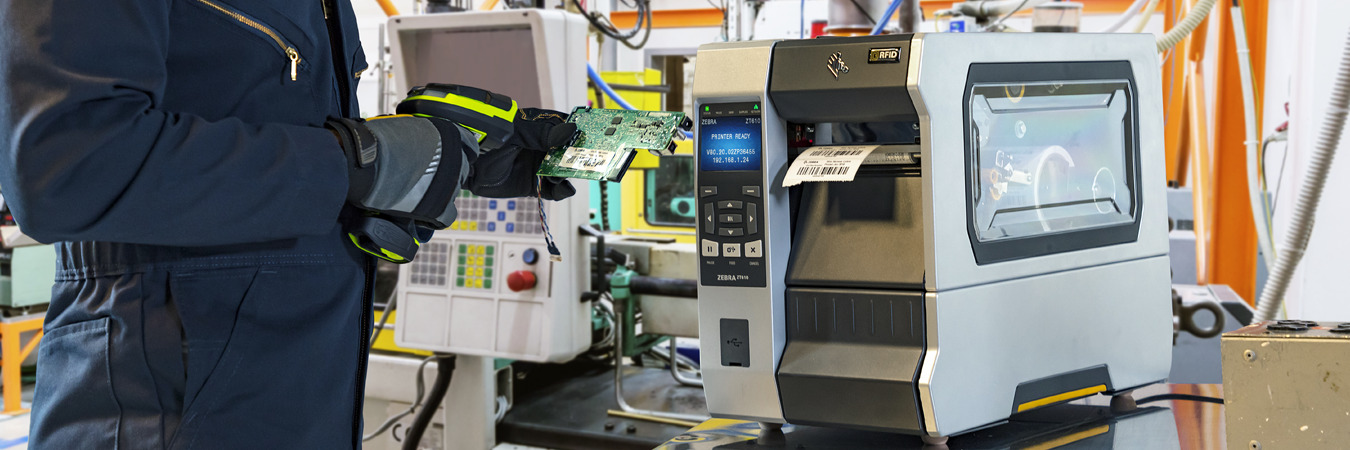
The barcode system includes a barcode generator or a printer, a scanner, and the data that the scanner captures. That data is sent to a host along with hardware, firmware, and software to properly process that data.
Even though 1D barcodes were pioneered in the 1980s they’re still most prevalent today. As you’d expect, a 1D legacy barcode system has limitations, especially in today’s age of accelerated processing and shipment of goods.
All of which makes it vital you know the differences and advantages between 1D and 2D barcodes.
1D and 2D Barcodes: the Relevant Differences
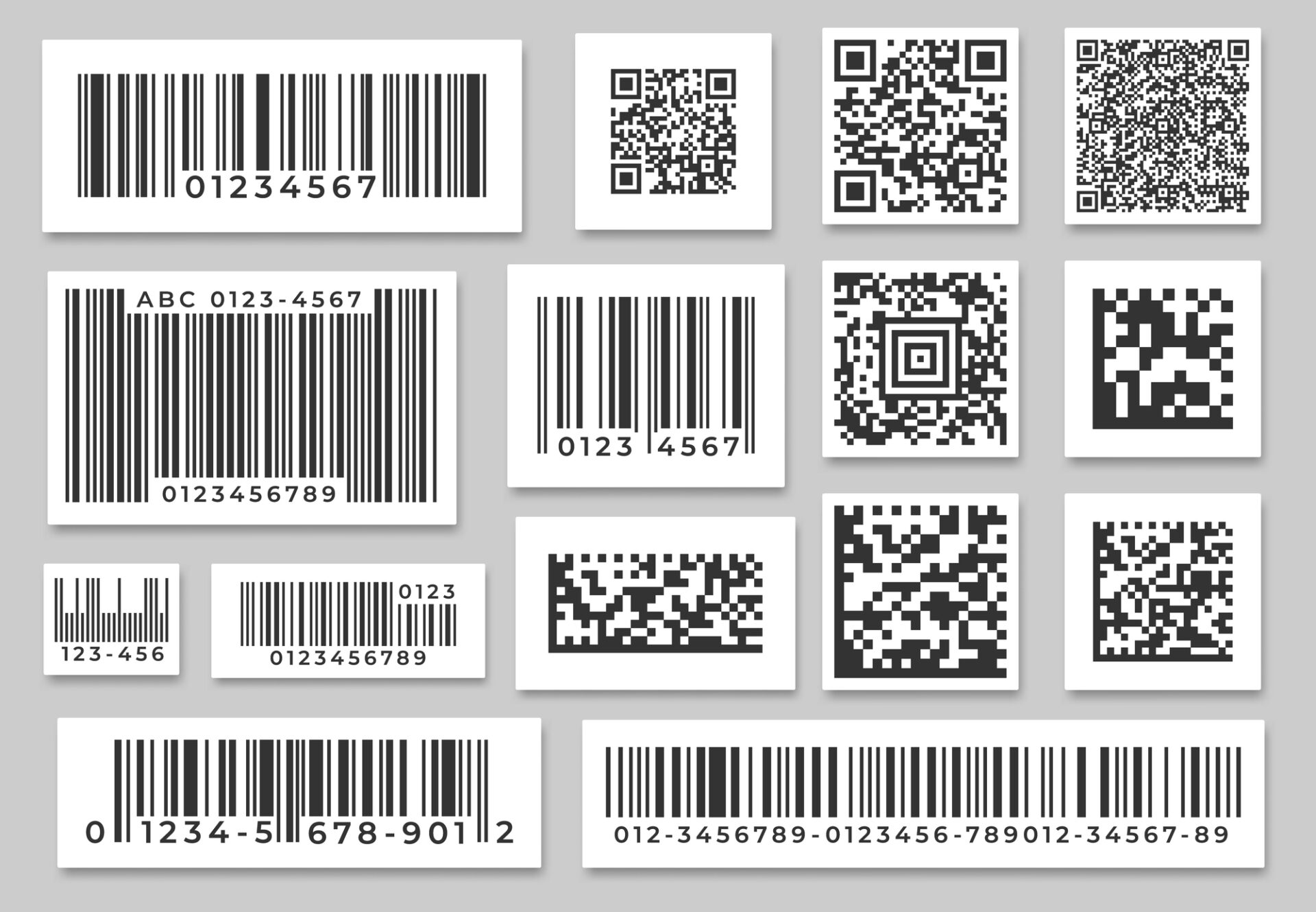
A 1D barcode has vertical lines. A 2D barcode has patterns and dots. So, is a QR code a 2D barcode? Yes, it’s a type of 2D barcode.
1D barcodes feature an alphanumeric series so if the barcode can’t be read correctly, that alphanumeric code is manually entered by support personnel. (Think of that special sale item at checkout that displays an incorrect price.)
The most common type of 1D barcode scanner is the grocery store self-checkout. Before goods reach consumers, 1D barcodes are also read by a handheld regular laser scanner. This scanner costs less than a 2D scanner.
How much data do 1D and 2D barcodes contain? A 1D barcode has limitations on data encoding capacity. A 2D or QR barcode holds a variety of information, encrypting images, website addresses, and other binary data. A 2D barcode is a series of 1D barcodes stacked atop one another.
2D barcodes are ideal on smaller items where a larger, 1D barcode won’t fit. Some examples of this include surgical instruments and circuit boards inside computers.
Laser Scanner and Image Reader Options for 1D and 2D barcodes
There are two different scan engine types (laser scanner versus imager) for interpreting barcode data. NOTE: many companies that offer technology for reading barcode data use “scanning” no matter the type of scan engine used.
Linear (1D) codes are scanned with 1D imagers. These units are less costly than 1D/2D imagers that can also be used for 1D scanning. A laser scan engine features a laser and mirror with a red light for scanning information. 1D barcode scanners can only interpret linear barcode scanning technology.
2D barcodes are only read by a camera-based imaging scanner. These Imagers come in two types – 1D only and 1D/2D. 2D barcode imagers can read both 1D linear and 2D barcodes. 2D imager versatility has seen them replacing 1D barcode scanners in many applications.
5 Ways a 2D Barcode System Beats a 1D Barcode System
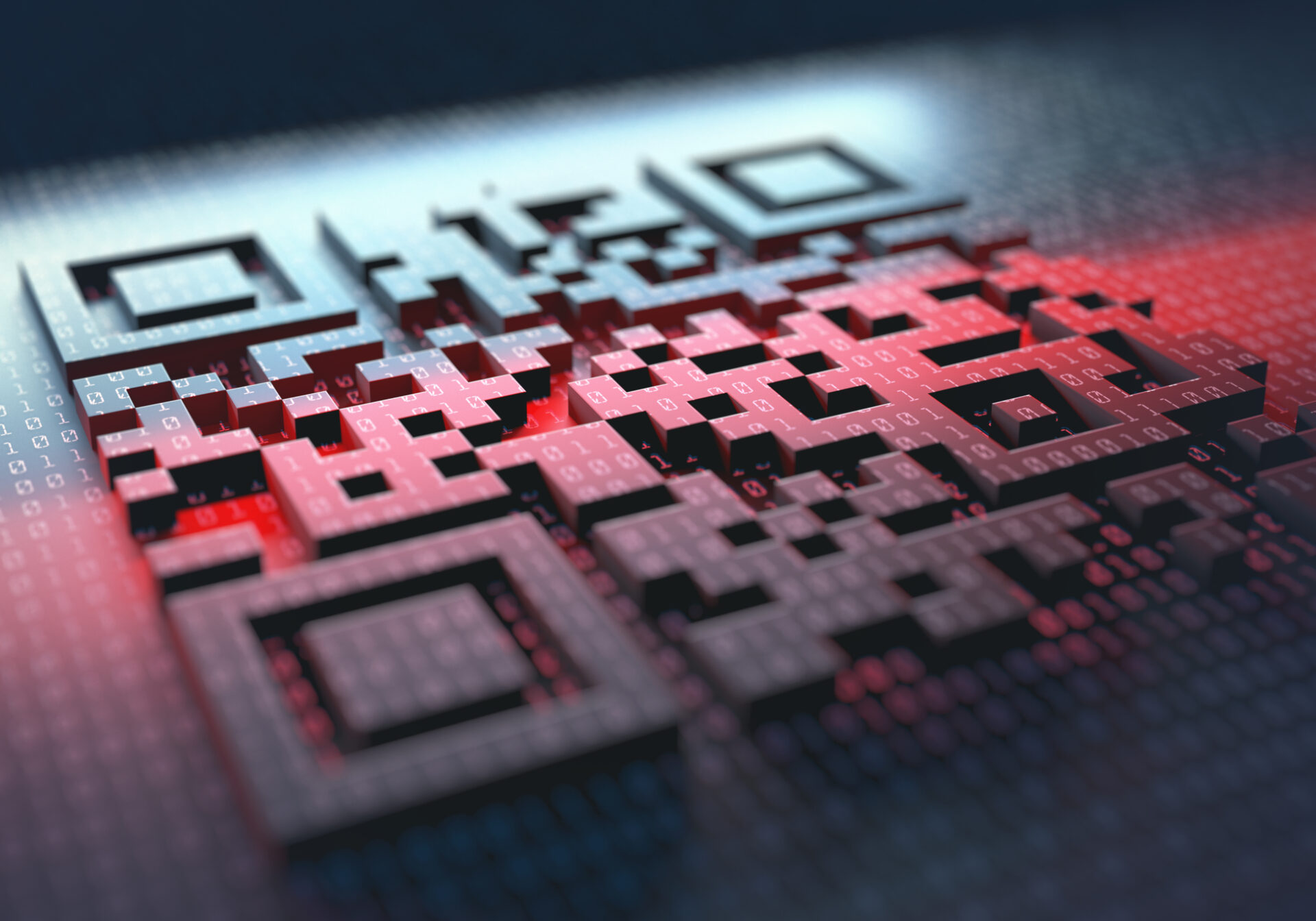
1. Scanning Performance
Besides reading more data encryptions, 2D barcode imagers can read from any direction, at long ranges, and can interpret damaged or poorly printed barcodes. (Unlike 1D scanners.) 2D barcodes can even scan up to 50 feet away.
2. Scanning Versatility
2D barcodes can encode images, website addresses, sound, and other varieties of binary data. This data can be scanned and read regardless of database connectivity. 2D barcodes work with very small items where a traditional barcode label is too big. Images of documents and signatures can also be captured with a 2D barcode scanner.
3. Greater Data Capacity
2D barcodes use a matrix or pattern to encode data. These squares, dots, hexagons, and other shapes are much smaller than linear codes. They also hold significantly more data (thousands of characters) because the information is encoded in both the vertical and horizontal dimensions of the pattern.
4. Reduced Fraud
2D barcode imagers minimize fraud risk in shipping and delivery applications. These readers can easily and accurately capture signatures with simple image capture, allowing drivers to quickly expedite delivery workflow.
5. Improved Efficiency
2D barcodes provide productivity gains in many ways. 2D imagers reduce lost time spent reading bad barcodes and boost productivity in environments where reliability and flexibility are key. And because 2D image scanners are omnidirectional (scanning from any angle) they assure faster, more reliable scanning, reduced human error, and greater accuracy.
Which Barcode System Fits Your Enterprise Best?
You’re now versed in the ABCs of 1D and 2D barcode systems. You can also review FAQs here. And you’ve seen how 2D barcode systems offer benefits 1D systems do not. ( Like containing more complex information and delivering higher data density in a smaller footprint).
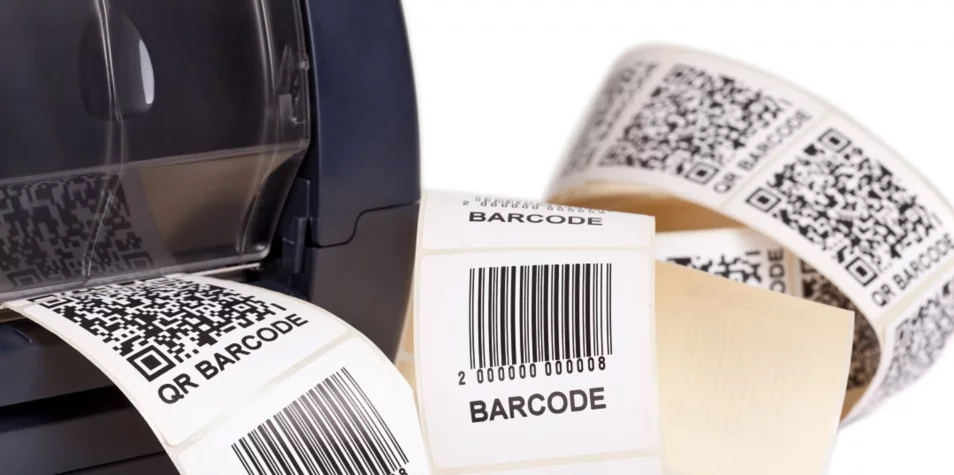
Companies with multiple locations that utilize 1D barcode systems may delay upgrading to a 2D system due to cost when, in reality, 2D barcodes improve warehouse performance and generate money savings in the long run.
Today’s warehouse operations are built on speed and 2D barcode systems play an integral role in gaining that pivotal edge.
1D 2D Barcode Systems are of interest to all of the following: Warehouse and Distribution Management (including shop floor, picking and packaging personnel), Manufacturing/Inventory Management, Retail/Backroom Management, Transportation and Logistics, IT Departments, Quality Control and Supply Chain personnel, Packaging and Design Engineers.
Zebra and Imprint Enterprises 2D Barcode System: A Better Choice
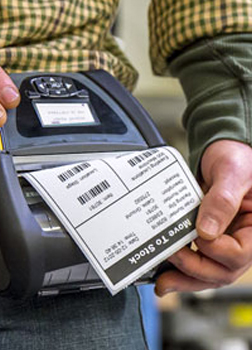
Zebra is the proven category leader and best technology provider for 1D and 2D barcode systems. Zebra has over 30 years of experience and owns 44 patents. They offer a full spectrum of choices in scanners and printers, configurations, and overall end-to-end solutions.
As a comprehensive barcode solutions provider, Imprint Enterprises sells and deploys every aspect of what produces and reads a barcode. Imprint brings three decades plus experience to every 2D barcode system deployment.
Imprint has the application engineering know-how to get it done the right way so your transition will be seamless. Zebra also provides top-notch servicing of the barcode printing systems as well.
Want to learn even more about 1D and 2D barcode systems and have all that critical data right at your fingertips? Click here to download our 1D 2D Barcode ebook to discover even more advantages of today’s 1D 2D technology.
You can also Contact Imprint today to discuss all your options for 2D barcode systems from Zebra. For more information contact sales@Imprint-E.com or call (855) 745-4464 today.
